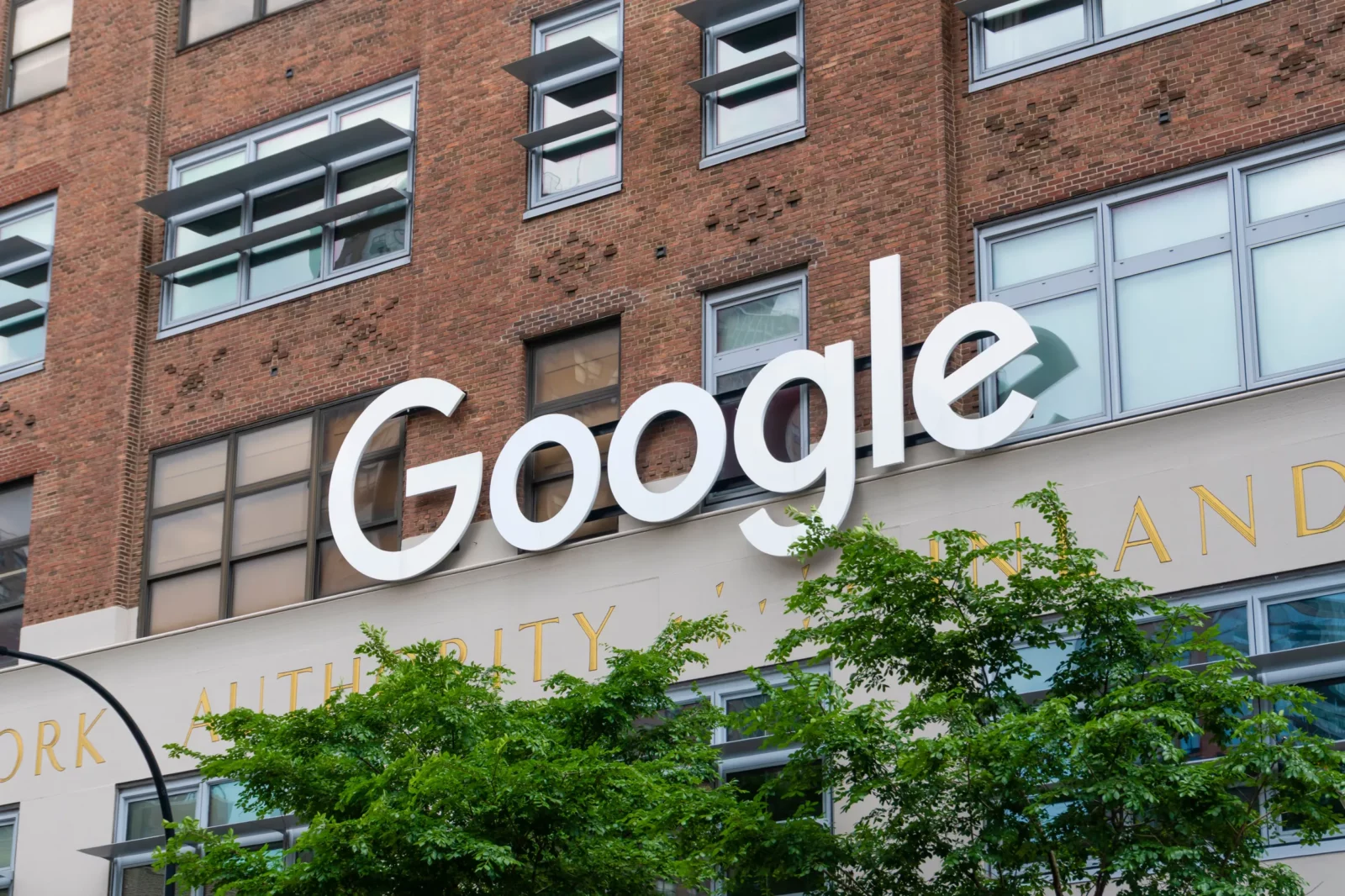Asymmetric Warfare on the Internet: Google and Microsoft Challenge Amazon in the Cloud
Today’s Wall Street Journal features a telling piece about the nature of high-tech competition. Instead of siloed high-tech markets where competition is like for like, the reality is a world of asymmetric warfare. Different business models compete in different ways for the same dollars.
The story documents how Google (GOOG) and Microsoft (MSFT) have been ramping up their efforts to compete with current cloud computing leader Amazon (AMZN) in the market for cloud infrastructure services. It points to the price war in the market since Google and Microsoft entered it aggressively, with each company sharply cutting per-gigabyte storage prices to keep up with prices cuts from the other two. And the big winners of this battle have been consumers. In fact, the WSJ story cites a study by McKinsey & Co. from last fall that shows that cloud prices (in this case using Amazon’s AWS prices) are almost 50% cheaper than the cost of buying and maintaining your own server.
The story is insightful, but it only focuses on a sliver of the overall battle (The Economist ran a story on this a couple of months ago). I’m not criticizing the authors, as writing an in-depth analysis of the full scope of the current battles in the tech marketplace would not fit nicely into a 600-word business section article. However, when trying to understand the current contours of the tech world, one has to zoom out a bit.
Even the “cloud computing” market is much more than the market for small- and medium-sized customers (and startups) that the article focuses on. Enterprise computing heavies, such as IBM and Oracle, are major players as well. While Amazon dominates the small- and medium-sized enterprise (SME) market, 80% of Fortune 500 companies use IBM cloud computing solutions to power their businesses. While small players and startups can easily turn to whichever current provider best serves their current needs (often the best priced offering), the major incumbent players often prefer (or are locked into) using solutions from the companies that have handled their data for decades. While Microsoft and Google are aggressively competing with Amazon in the SME hosting market (with the likes of other scrappy cloud providers such as Rackspace), IBM and Oracle are aggressively trying to compete for Amazon’s customers as well (and to be fair to the WSJ, the paper has noted this before). Amazon, for its part, isn’t sitting still. The company is aggressively targeting the “old guard” tech giants and their big corporate customers. And given Amazon’s ability to innovate while surviving on razor thin margins, I wouldn’t bet against the company growing its big business market share.
However, one has to zoom out even farther to properly understand the competitive dynamic of the Internet. “Cloud computing” (particularly hosting and associated “services”) is just one piece of the puzzle that is not divorced from the larger marketplace.
Amazon, for its part, is not limiting itself to the cloud (or its original e-commerce market). Amazon is leveraging the power of its cloud to challenge major consumer electronics players such as Apple, Google and Samsung, just to name a few. Amazon’s Kindle Fire utilizes the company’s cloud computing servers to “outsource” processing (Amazon’s Silk browser offloads much of the processing that traditionally takes place on the tablet, allowing it to utilize its server side economies of scale to deliver better performance on the cheap on its hardware). Couple that with Amazon’s business model, which involves selling its devices at (or possibly even below) cost and their strategy becomes clearer. Amazon is commoditizing the “device” in order to increase sales of its content.
Google, for its part, is doing the same thing. However, it falls back on its own core revenue driver, targeted advertising. By putting its weight behind open-source operating systems (Android and Chrome), it too is seeking to commoditize the “device” market to increase the revenue it receives from its top-of-the-line ad targeting algorithm.
Although the examples above are short anecdotes, the moral of the story is that to understand the competitive battles in the tech world, one needs to zoom out. “Cloud computing” is just one component of the ecosystem that is interrelated with other parts of the tech world. Competition is not siloed and competitors change quickly.
Less than 5 years ago, Google’s CEO Eric Schmidt served on Apple’s board. Now, the two companies are direct competitors embroiled in a blood feud. And the lines between competitor and collaborator are often blurry. Many of the most popular apps in Apple’s App store are Google offerings, while iPhone and iPad users contribute significantly to Google’s revenue stream. This “frenemies” situation is not unique. Apple’s biggest device competitor, Samsung, is also one of Apple’s most important suppliers.
As Europe’s competition regulators mull over how to resolve their current high-tech antitrust investigations (i.e., Google, Samsung and Motorola) one thing is becoming clearer: competition on the Internet is anything but clear. It is important to focus on the big picture. If you look at competition too narrowly, say “the general purpose search market” or “smart device hardware”, then the results will be misleading and conclusions misguided.
Going forward, competition regulators (and business executives) the world over have to examine how to deal with markets where competition is not like for like. In Internet markets, warfare is asymmetric. And just like in the physical world, being an incumbent doesn’t necessarily give you an advantage. In fact, it can make you more vulnerable. As Clayton Christensen pointed out in the Innovator’s Dilemma, success in old business models (and the high-margins that go along with it) make older companies vulnerable to newer (or more nimble) companies that aren’t afraid to live on lower margins and try out different business models.
If one only focuses on the SME cloud market and the immediate players, as the WSJ article does, the story looks relatively simple: two well-heeled outsiders are going after the market leader (AMZN). But, as I partially illustrated, that is only part of the story. Amazon is using its cloud advantage to attack Google and Microsoft on their home turf, while Microsoft and Google are aggressively diving into the cloud market to neutralize Amazon’s unique advantages. (Or, in the case of Google and Microsoft, you have the Mountain View company using its ad placement advantage to fund a suite of web services that directly competes with Microsoft’s traditional advantage in the “Office Suite,” while Microsoft is aggressively investing in Bing to challenge Google’s key revenue driver.)
And that might be the big picture after all. Internet competition boils down to this: one dimensional dominance is not enough (and often is fleeting). Competition is on many fronts as major players try to maintain and leverage their unique advantages, while neutralizing the advantages of other players. When you couple that with a robust startup ecosystem, where new companies — untethered by old business models — think of new ways to provide value and dream up different dimensions to compete with the established players, you have a recipe for the dynamism you currently see on the Internet today.








